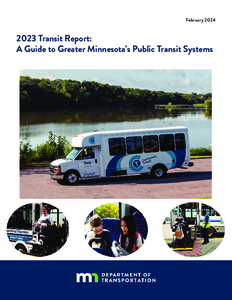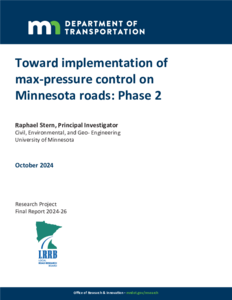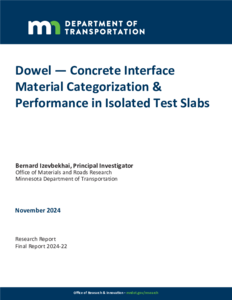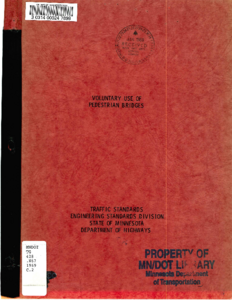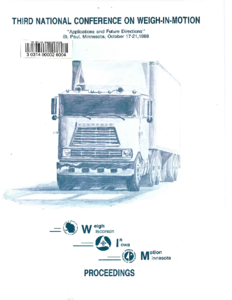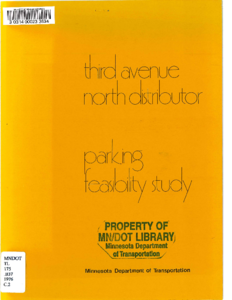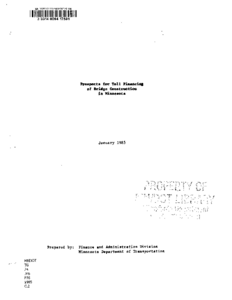Toward implementation of max-pressure control on Minnesota roads: Phase 2
Creator
Date Created
2024-10
Report Number
2024-26
Description
Dowel — Concrete Interface Material Categorization & Performance in Isolated Test Slabs
Date Created
2024-11
Report Number
2024-22
Description
Third National Conference on Weigh-in-Motion: Proceedings
Creator
Date Created
1989-03
Description


